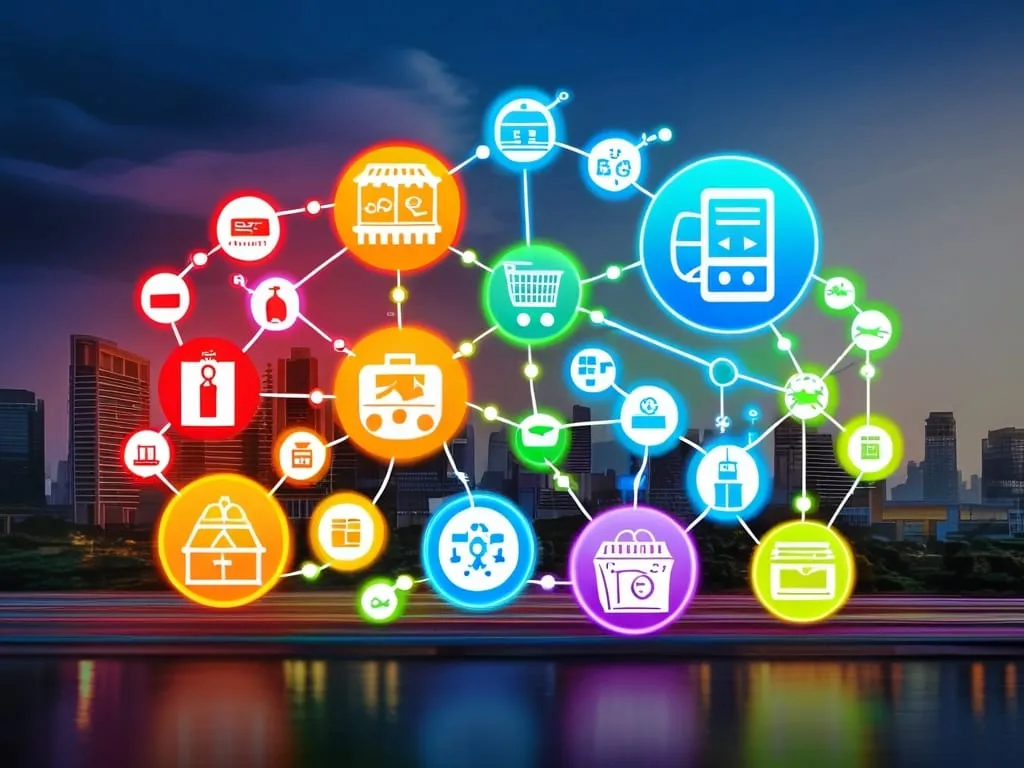In the era of advanced capitalism and the pervasive use of digital currency, it's intriguing to see the ancient practice of bartering making a significant comeback, especially in the Indian market. This revival is not just a nostalgic nod to our ancestors' trading methods but a modern, tech-infused adaptation that is redefining how we exchange value.
To understand this phenomenon, let's delve into the history of bartering. Long before the advent of currency, people relied on exchanging goods and services to meet their needs. This system, though primitive, was effective in its time. Fast forward to the present, and we see that bartering is once again generating interest, this time with a digital twist.
In India, the modern barter system is still in its nascent stages but is already showing promising signs. The industry, though not as organized as in many other parts of the world, is valued at around ₹5000 crore. This figure might seem modest, but it reflects a growing trend. For instance, the Barter Exchange of India (BXI) has facilitated deals worth over ₹10 crore in the last few years, delivering products across 150 cities.
So, how does this digital barter system work? Imagine an online platform where a textile manufacturer can exchange excess fabric for digital marketing services, or a farmer can swap organic produce for artisanal crafts. These exchanges are facilitated by interactive apps and websites that connect individuals and businesses with complementary needs.
One of the key drivers of this revival is the increasing adoption of digital technologies. India's digital economy is expanding rapidly, with over 650 million smartphone users and internet subscribers surpassing 950 million. This widespread digital adoption has created a fertile ground for innovative platforms to flourish. For example, platforms like BXI use sophisticated algorithms to match buyers and sellers, ensuring that each party gets what they need without the need for cash transactions.
The appeal of digital barter lies in its ability to promote sustainability and community-oriented commerce. In a world where waste and excess are significant concerns, bartering offers a way to utilize resources more efficiently. For instance, a business with surplus inventory can find a new home for these goods rather than letting them go to waste. This not only reduces waste but also fosters a sense of community as people come together to exchange value in meaningful ways.
Moreover, digital barter challenges conventional financial transactions by offering an alternative to traditional monetary exchanges. In an age where financial inclusion is a significant goal, bartering provides a way for individuals and businesses to participate in the economy even if they lack the necessary financial resources. For example, a small artisan who cannot afford to pay for marketing services can offer their crafts in exchange for these services, thereby gaining visibility without incurring financial costs.
The mechanics of digital barter are also quite fascinating. These platforms often use a points system or a virtual currency to facilitate exchanges. Users earn points or credits by offering their goods or services, which they can then use to acquire what they need. This system ensures that the value exchanged is fair and transparent, making the process more reliable and trustworthy.
Another aspect that makes digital barter appealing is its potential to support local economies. By facilitating exchanges within local communities, these platforms help keep resources and value within the community. For instance, a local farmer can exchange produce with a nearby bakery, promoting a cycle of local trade that benefits everyone involved.
However, like any emerging trend, digital barter also faces its set of challenges. One of the main hurdles is the lack of regulation and standardization. Unlike traditional financial transactions, which are heavily regulated, the barter system operates in a somewhat grey area. This can lead to issues of trust and reliability, as there is no central authority to oversee these exchanges.
Despite these challenges, the future of digital barter looks promising. As India continues to invest heavily in its digital infrastructure, with initiatives like the National Digital Communication Policy and the rollout of 5G networks, the environment for such platforms is becoming increasingly conducive. The government's focus on digital inclusion and innovation is also likely to support the growth of these platforms.
In addition, the integration of advanced technologies like artificial intelligence (AI) and blockchain is expected to further enhance the efficiency and security of digital barter systems. AI can help in better matching buyers and sellers, while blockchain can ensure that transactions are secure and transparent.
The internationalization of the Indian rupee, facilitated by digital public infrastructure, also plays a crucial role. As the rupee gains more acceptance in international transactions, it opens up new avenues for cross-border barter exchanges. This could potentially connect Indian businesses with global counterparts, expanding the scope of digital barter beyond national borders.
In conclusion, the re-emergence of barter systems in the digital age is a fascinating phenomenon that challenges conventional notions of value exchange. As India's digital economy continues to grow, it is likely that digital barter will become an increasingly important part of the financial landscape. With its potential to promote sustainability, community-oriented commerce, and financial inclusion, digital barter is not just a quirky revival but a meaningful innovation that could redefine consumer culture in a hyper-connected world.
For those who are skeptical about the practicality of such a system, it's worth considering the examples of countries where digital barter has already gained traction. In the USA, for instance, the digital barter industry is worth $14 billion and features over 350 platforms. While India is still catching up, the momentum is clear.
As we navigate this new landscape, it's essential to address the challenges and ensure that these platforms operate within a framework that promotes trust and reliability. With the right support and regulation, digital barter could become a significant contributor to India's economic growth and a model for sustainable commerce globally.
In the end, the appeal of digital barter lies in its simplicity and its ability to connect people in meaningful ways. It's a reminder that value can be exchanged in many forms and that sometimes, the most valuable transactions are those that don't involve money at all. As we move forward in this digital age, it will be interesting to see how this ancient practice continues to evolve and shape the future of commerce.






